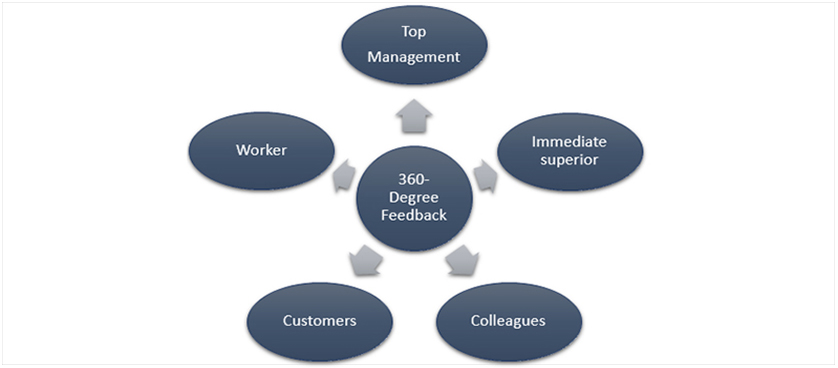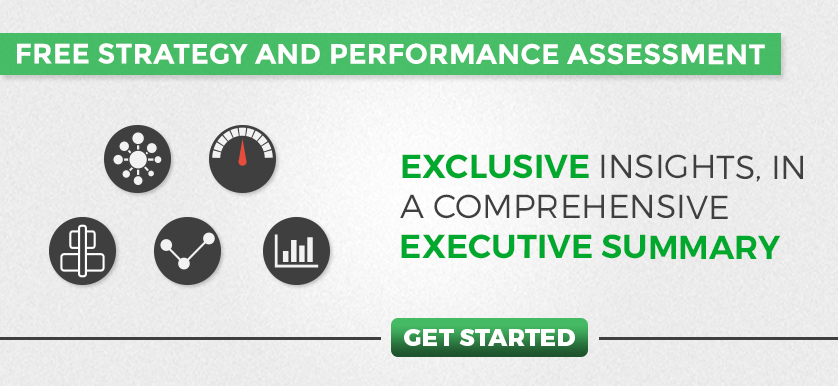360-Degree Feedback – An efficient tool for individual performance assessment?
 One of the most popular individual performance management tools in use today is the 360-degree feedback tool, also known as multi-source assessment, which incorporates feedback from the worker, top management, immediate superior, subordinates, colleagues, and customers.
Purpose of 360-degree feedback. The primary purpose of this circle of confidential reviews is to provide the employees with information about their performance from multiple perspectives. It is also used to support HR processes, such as appraisals, resourcing and succession planning, learning and development.
Advantages and disadvantages. Some of the well-known advantages of this tool are:
One of the most popular individual performance management tools in use today is the 360-degree feedback tool, also known as multi-source assessment, which incorporates feedback from the worker, top management, immediate superior, subordinates, colleagues, and customers.
Purpose of 360-degree feedback. The primary purpose of this circle of confidential reviews is to provide the employees with information about their performance from multiple perspectives. It is also used to support HR processes, such as appraisals, resourcing and succession planning, learning and development.
Advantages and disadvantages. Some of the well-known advantages of this tool are:
- Employees get a broader perspective of how they are perceived by people they interact with at work;
- It gives workers a more rounded view of their performance;
- Feedback is perceived as being more valid and objective, thus leading to results acceptance and required actions.
- Employees do not always give honest feedback;
- Lack of action following feedback;
- Poor implementation of the 360-degree tool will negatively affect employees motivation;
- Employees might be put under stress when receiving or giving feedback.
- Linman, T. (n.d.), 360-degree feedback: Weighing the pros and cons
- Armstrong, M. (2009), Armstrong’s handbook of human resources management practice, Eleventh Edition. India: Replika Press
- Toegel, G. and Conger, J. A. (2003), 360-degree assessment: Time for reinvention, Center for Effective Organizations Publication






